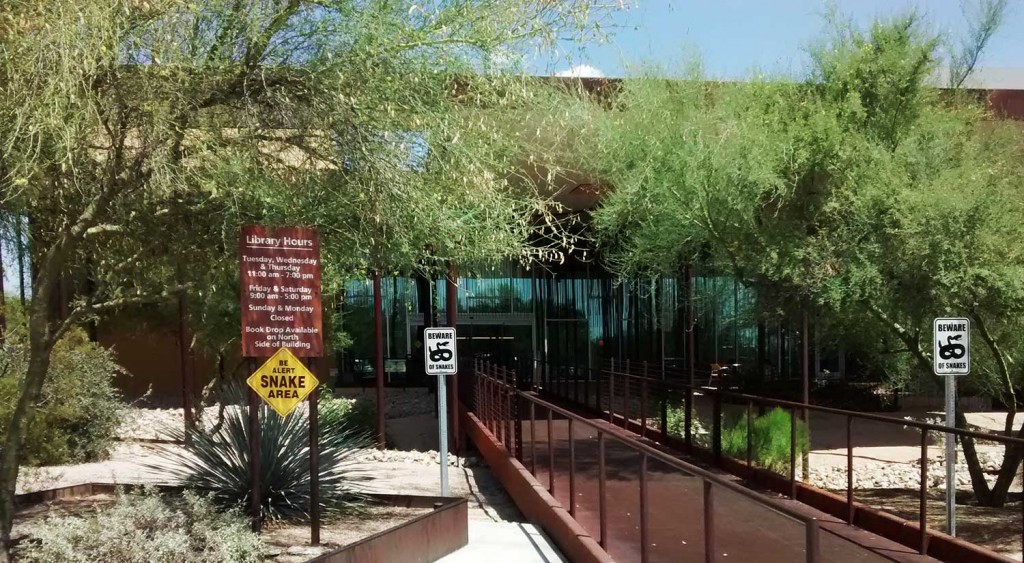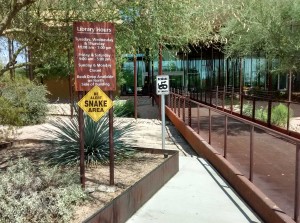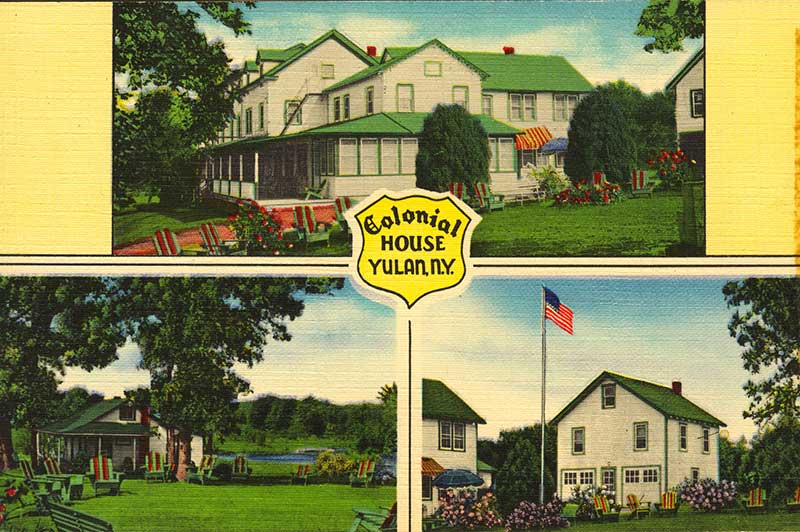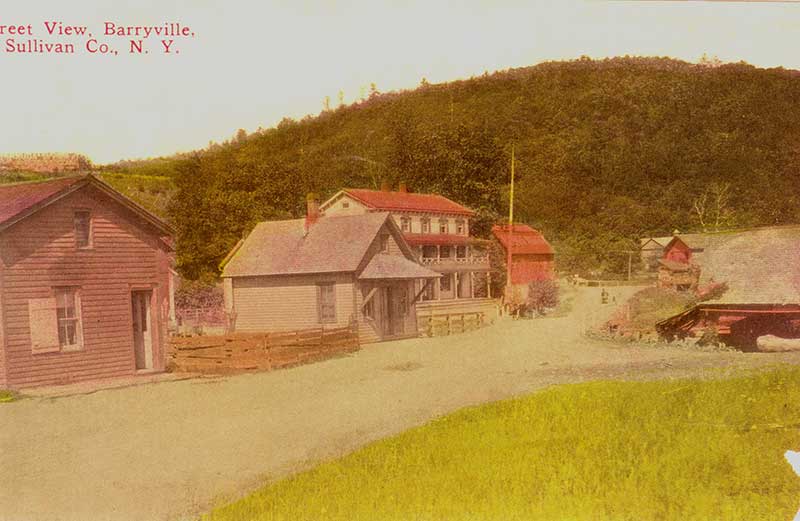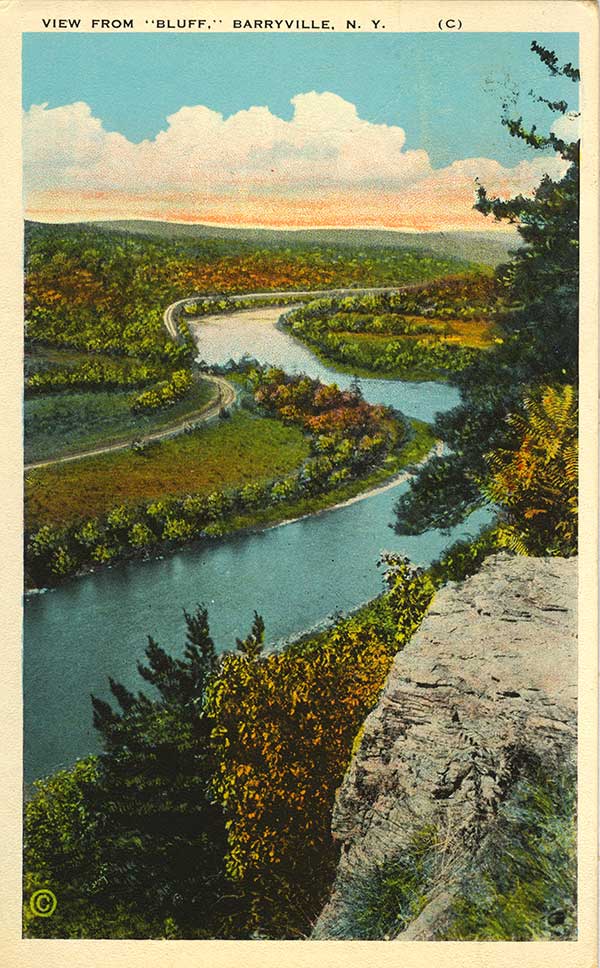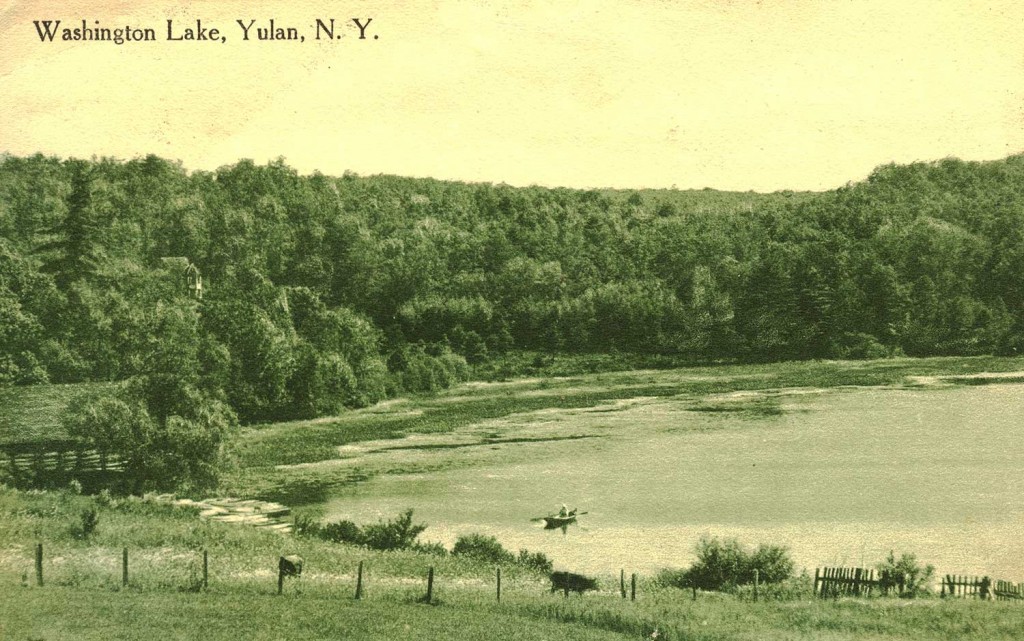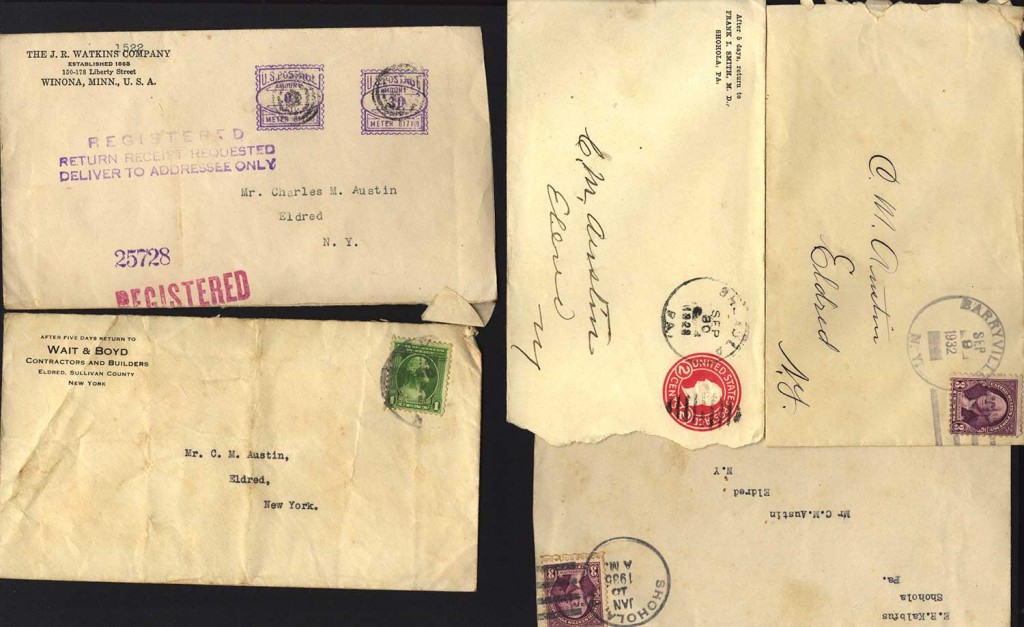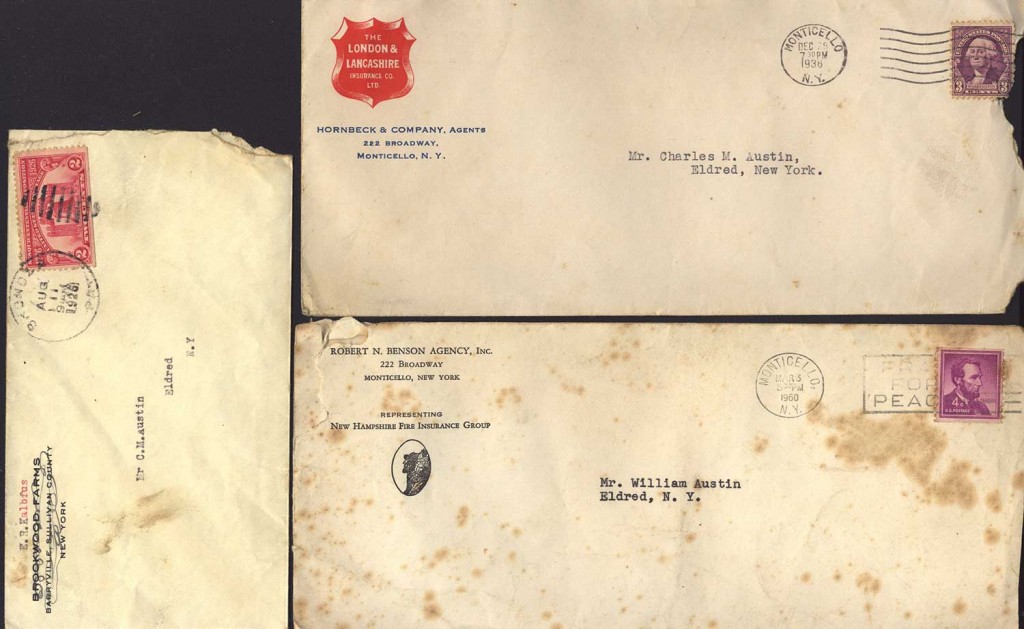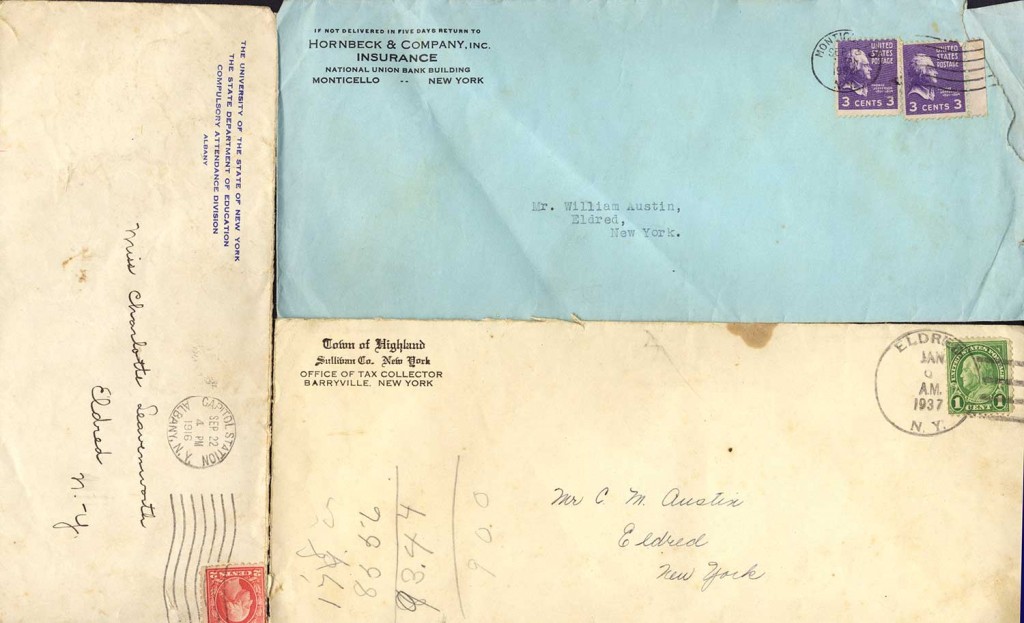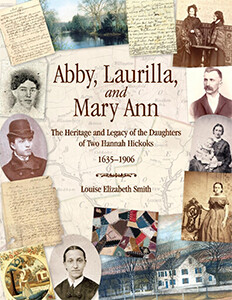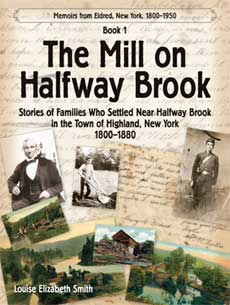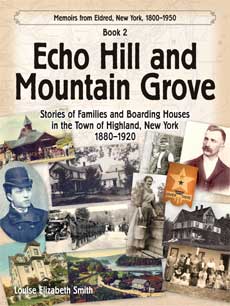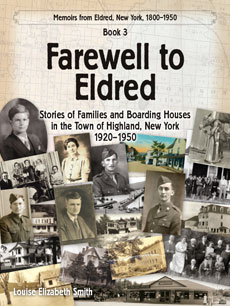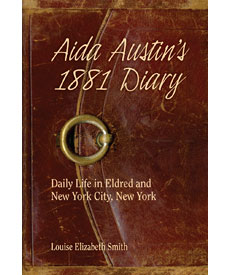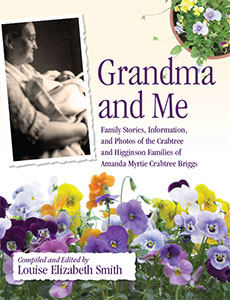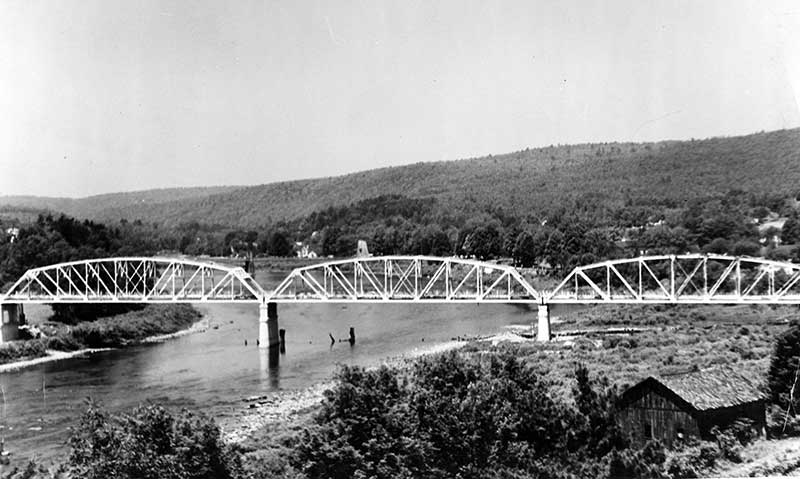
While continuing research mentioned in my last post, I have been trying to organize my many photos (still!) and found some more photos/postcards (a number in color or sepia-toned which were black and white in the books) I have permission to share with my Halfway Brook friends.
I am very appreciative to those whose photos/postcards I have shared, first in the Halfway Brook books, and also on this site.
I also have permission from the Minisink Valley Historical Society to share their photos (which will be credited to them) originally in the Halfway Brook Books. MVHS shared those super historical photos for my books at no charge, for which I am most appreciative.

